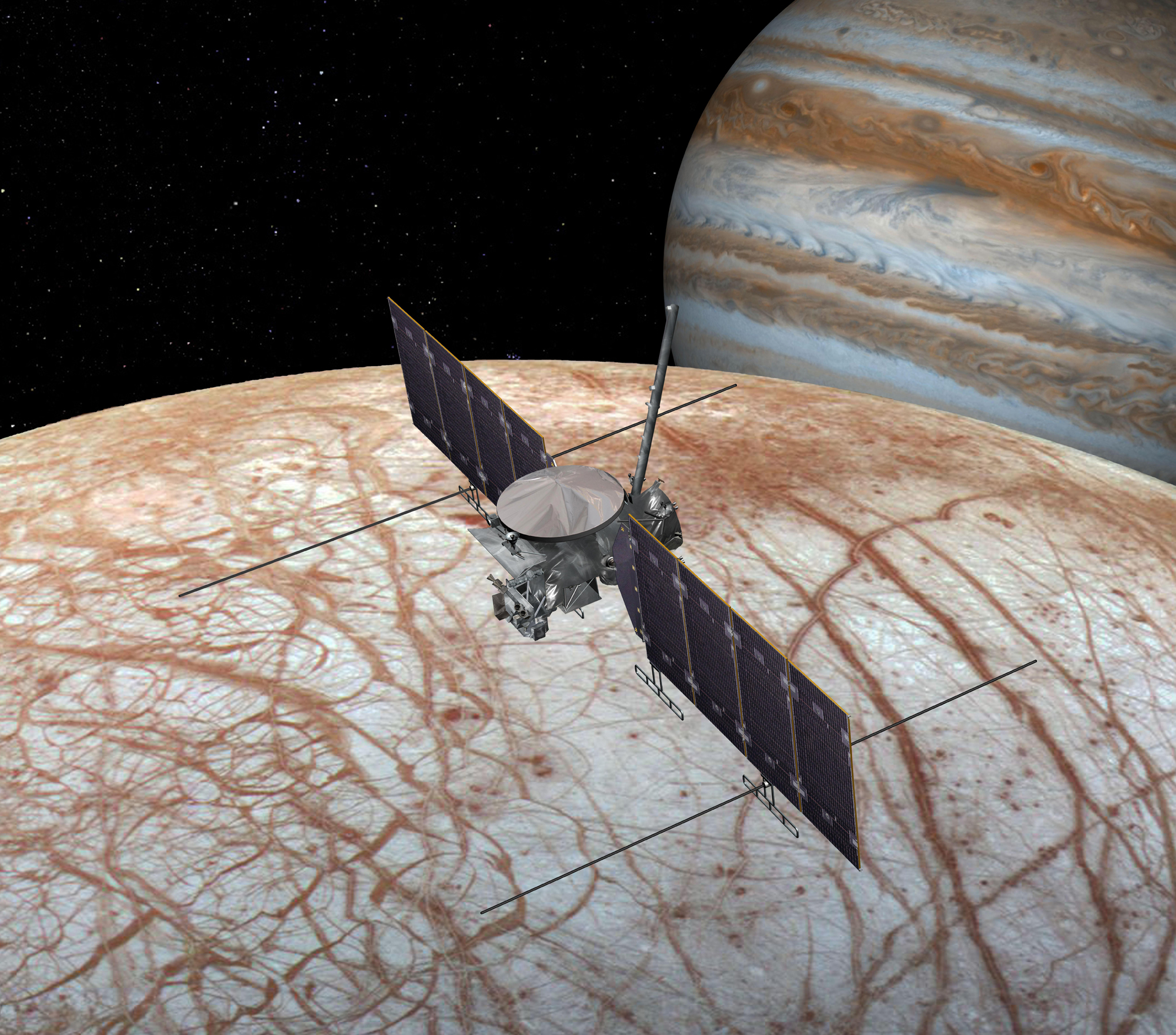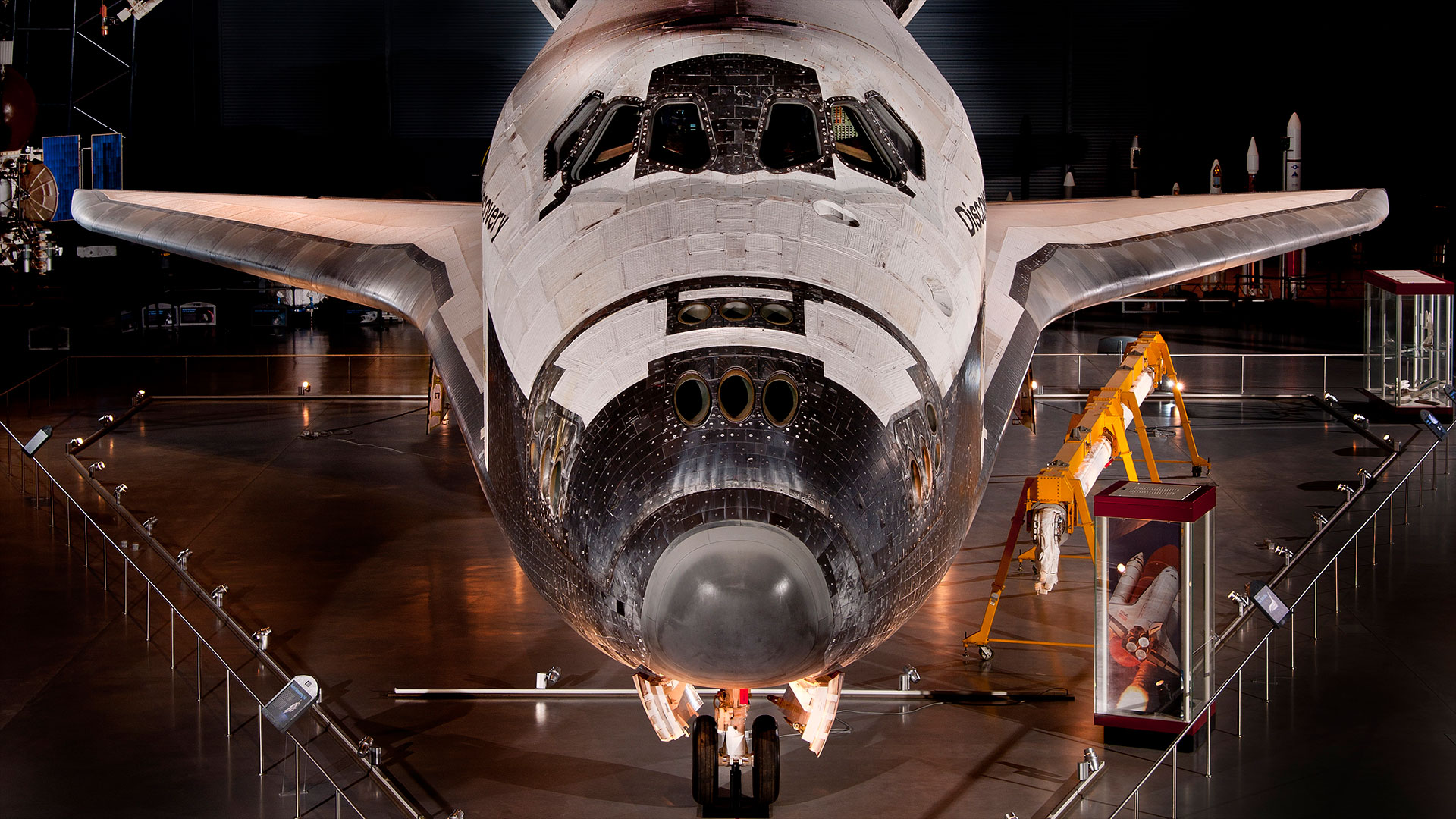Rocket limbo complicating NASA's Europa Clipper mission

NASA's highly anticipated mission to the Jupiter ocean moon Europa needs a rocket — and soon, the project's planners say.
The Europa Clipper probe is scheduled to launch in 2024 to study the Jovian satellite, which harbors a huge sea of liquid water beneath its icy shell. Clipper will assess the habitability of that buried ocean and perform a number of other tasks, including scouting out promising sites for a future life-hunting lander mission.
Congress has long mandated that Clipper launch atop the Space Launch System (SLS), the giant rocket that NASA is developing to send astronauts toward the moon and other distant destinations. But SLS has been plagued by delays and cost overruns, and the megarocket isn't slated to debut until late 2021.
Photos: Europa, mysterious icy moon of Jupiter
That initial mission will launch NASA's Orion capsule on an uncrewed flight around the moon for the space agency's Artemis program of lunar exploration. SLS and Orion are key elements of Artemis, which seeks to land two astronauts near the moon's south pole in 2024 and establish a sustainable human presence on and around Earth's nearest neighbor by the end of the decade.
Given the commitment to Artemis and the relatively slow pace of SLS development, the rocket's availability for an on-time Europa Clipper launch is in serious doubt, NASA's Office of Inspector General concluded last year.
This concern has apparently bubbled up into the U.S. House of Representatives. The House's proposed 2021 NASA budget, which was released in July, directs the agency to launch Clipper by 2025 and the Europa lander by 2027. The proposal dictates that SLS be used for both missions "if available." That wording leaves the door open for a commercial alternative — perhaps SpaceX's Falcon Heavy, the operational rocket that comes closest to SLS' power (though SLS' power remains purely hypothetical until it flies).
Breaking space news, the latest updates on rocket launches, skywatching events and more!
The Europa Clipper team has been planning for both launch contingencies. But the mission cannot stay in this limbo for much longer, team members said.
"We really need a decision by the end of this calendar year in order to continue to mature the spacecraft development," Europa Clipper project manager Jan Chodas, of NASA's Jet Propulsion Laboratory in Southern California, said on Wednesday (Sept. 2) during the fall meeting of NASA's Outer Planets Assessment Group.
The mission team is already working toward a big milestone at the end of the year: Clipper's critical design review (CDR), the final vetting hurdle to clear before full-scale manufacturing begins, will be held in December.
The CDR "was originally planned to be earlier, but, because of the launch-vehicle uncertainty, we've delayed it until the end of the year," Chodas said.
The roughly $3 billion Europa Clipper mission has been dealing with other complications as well. Costs have ballooned on several science instruments, for example. And the coronavirus pandemic has had a significant impact, the extent of which is still being assessed, Chodas said.
The team is aiming to have Clipper launch-ready in early 2024. Liftoff will occur in summer or fall of that year, if all goes according to plan.
Clipper will eventually settle into orbit around Jupiter. The probe will study Europa in depth during a series of roughly 50 flybys, which will take place over nearly four Earth years. Clipper will use nine science instruments to characterize Europa's ocean, measure the thickness of the moon's ice shell and hunt for plumes of water vapor wafting from the surface, among other tasks. The probe will also look for good touchdown sites for the Europa lander, which is still a concept mission, not an official NASA project.
Mike Wall is the author of "Out There" (Grand Central Publishing, 2018; illustrated by Karl Tate), a book about the search for alien life. Follow him on Twitter @michaeldwall. Follow us on Twitter @Spacedotcom or Facebook.

Michael Wall is a Senior Space Writer with Space.com and joined the team in 2010. He primarily covers exoplanets, spaceflight and military space, but has been known to dabble in the space art beat. His book about the search for alien life, "Out There," was published on Nov. 13, 2018. Before becoming a science writer, Michael worked as a herpetologist and wildlife biologist. He has a Ph.D. in evolutionary biology from the University of Sydney, Australia, a bachelor's degree from the University of Arizona, and a graduate certificate in science writing from the University of California, Santa Cruz. To find out what his latest project is, you can follow Michael on Twitter.
